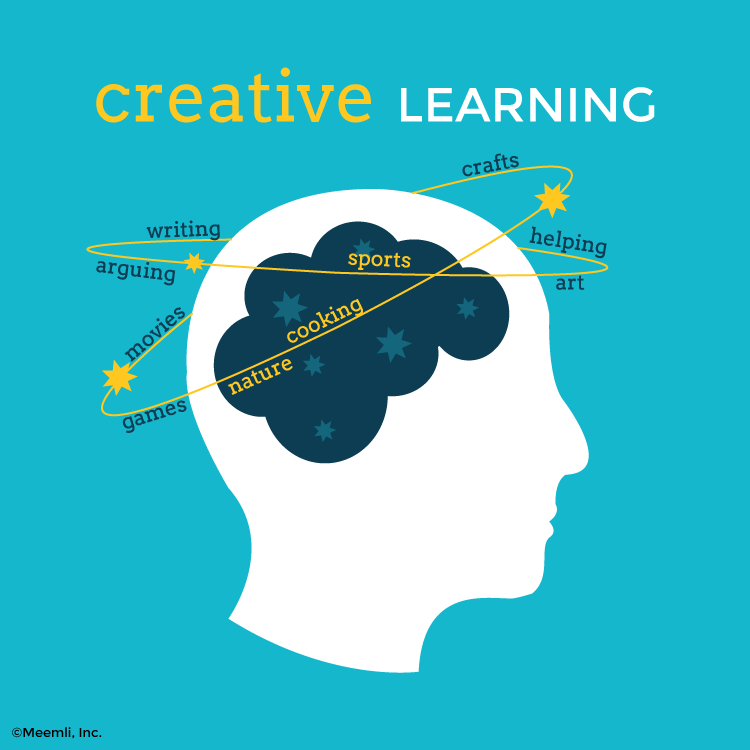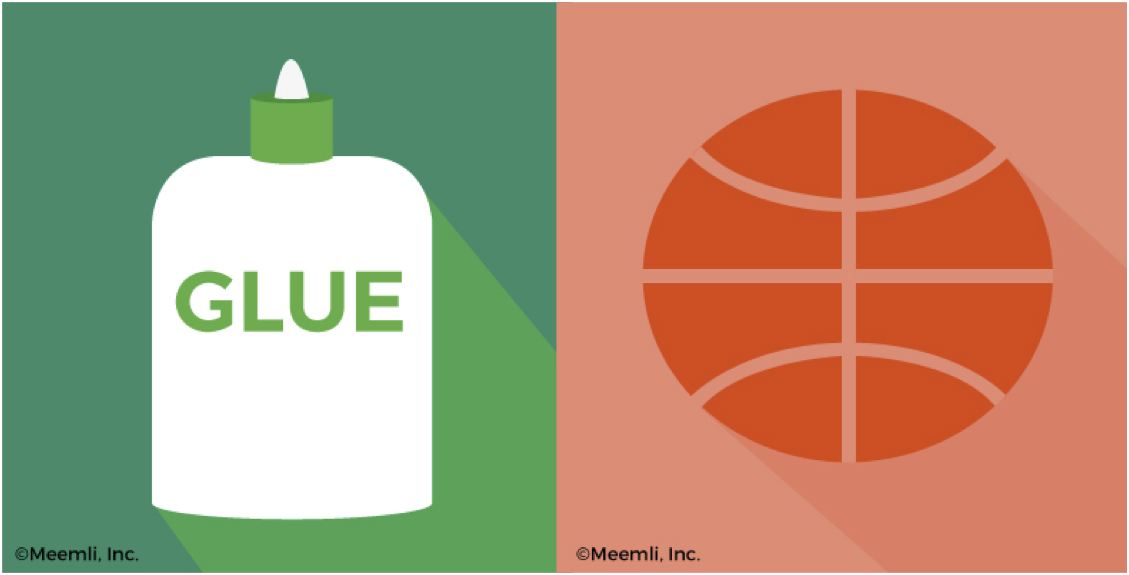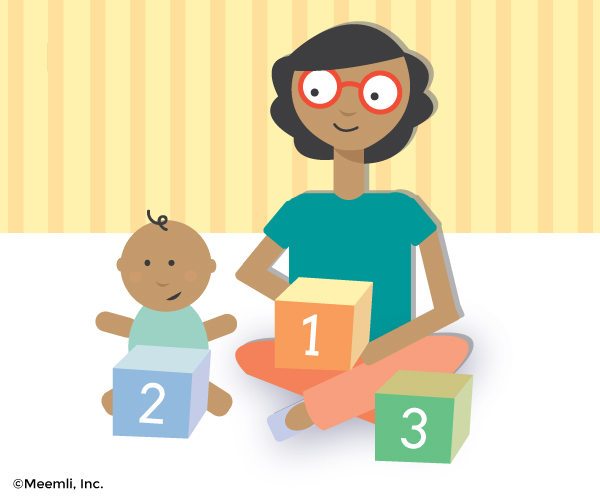Month: May 2016
DIY Creative Learning: 6 Fun, Low-Cost Summer Activities For Teens

(It’s that time of year and we’re happy to once again share our ideas for having fun with summer learning!)
Yay! Summer’s here! School’s out! You can forget all about learning for a while.
Wait, what? Forget about learning? Studies say you don’t want to forget all about it. If pressed, you’d probably agree that your brain feels like mush if your summer activities are just binge-watching old TV shows and getting your thumb in a cast playing a zillion hours of video games. The dreaded summer learning loss is just not worth the pain the out-of-shape brain brings at the start of the school year.
 So good for you, you want to keep your brain awake during the summer. But you’d rather not have to sit in hot classrooms or fill out mind-numbing worksheets. And though there might be “enrichment” classes that could be interesting, maybe you are unable to attend them for some reason or another (too far, inconvenient schedule, too expensive, whatever).
So good for you, you want to keep your brain awake during the summer. But you’d rather not have to sit in hot classrooms or fill out mind-numbing worksheets. And though there might be “enrichment” classes that could be interesting, maybe you are unable to attend them for some reason or another (too far, inconvenient schedule, too expensive, whatever).
The good news is that you can make your own learning plans for the summer! l
Learning doesn’t have to be structured, or be in the form of lessons taught by someone else. We have some ideas for summer activities that:
- Can be done at little or no cost with readily available materials
- Take up as little or as much time as you care to put in
- Can be done pretty much anywhere in the world (even if you’re at Grandma’s)
- Build your critical, and creative, thinking skills
- Are totally controlled by you!
The steps for any of these activities are pretty simple:
-> Pick something you enjoy doing.
-> Dive deep to learn about it.
-> Make it your own.
Check out our ideas to get you started!
1. If you’re into games.
Is playing video/online/board games how you relax?
Take your favorite game and think about how you would do it. In detail. How would it work, what would be the rules. Keep refining it. And then create a new game with your own rules.
If it’s a board game, here are some ideas on getting started and even build a prototype with cardboard. This is a good one to do with friends, you can at least get them to play it with you.Think the characters in the video games are stereotyped? Mix them up. The levels are too easy? Add new ones. If you want to take on coding, you can create, or add to, an online game. Minecraft modding anyone?

2. If you love movies.
Watching movies is almost an universally popular way to spend time, but do you feel you’re more than a mere fan, you’re a critic and aficionado?
How about going beyond watching movies to thinking about making one? Take a favorite movie and think about how you’d remake the movie. Think (or learn about) about all the stuff that actually goes into making a movie – you’d be amazed at how much there is to learn and do.
But, though it is good to be informed, don’t be intimidated by what it takes to make a professionally. Write a script, recruit a few friends, charge up your smart phone and create your own masterpiece. You’d see the difference between making a movie and capturing 10 seconds of your dog chasing its tail to share on Snapchat – the first step to preparing for being asked to make Star Wars Episode 35: The Force is Still There.
3. If you’re a maker.
Are you into the Maker movement and DIY thing? Do you like to knit, crotchet, sew, solder or glue stuff together?
Then forget instructions and patterns. Think of something that you’d like to make and go about making your own instructions, patterns, how-to guides. Experiment, review, revise, repeat. This is also an activity you can do with friends. Whether it is making a doggie hat or a robot, you will be exercising your brain as well as your maker skills. Here are some suggestions for DIY ideas to get you started on thinking about what you’d like to make.

4. If sports are your thing.
Are you into one or more sports at school but not attending a sports camp this summer? Or you’re just a casual player and would just like to get better?
Whatever your sport, you know you can get better at it. There’s practice and watching/learning from the pros of course – that what you get from camps. But athletes are turning to analysis to figure out how to improve.
What if you did the analysis for yourself? Angling the ball differently to make a basket, how you can put more power into your kick if you change the way you stand – you may be able to learn some of this on your own. Recruit a friend and two and make your own mini-camp. Take turns capturing plays on the video, review your play against the pros (YouTube has you covered there), make your own training schedule.
5. If you really like writing.
Do you read a lot and enjoy the challenge of creative writing, or would just like to get better at it?
One summer may not be enough time for you to finish the Great American Novel, but it will help to get started. Or tackle something smaller and set yourself a challenge like writing a mystery short story. Do some research on writing resources for teens (you can get started with the one here) to figure out what interests you.
If you prefer to write something shorter and get more immediate feedback, try writing your own blog. This site might give you some ideas. (Contact us if you’d like to write a post for us!)

6. If you want to change the world.
You often volunteer for various causes to help people, why not take some time to get more involved?
Pick one problem that you wish you could fix, example, preferably something close to home, but that’s not a requirement. Dig around to find out what is already out there to help fix this problem and if there’s something you can do to help, you can start by looking into this resource site. You can also take on bigger sized projects, either one that already exists (like sending used books for kids in Africa) or one that you’d like to start. You will find many adults willing to give you support, and you will gain invaluable skills while helping others.
These are just some quick, simple ideas to get you started. Do your own add-ons and take it as far as you’d like to go. Take ownership of your summer activities for learning, at least for some of them, you’ll enjoy the experience!
And let us know how it goes – it would be great to share your experience with others!
31 May, 2016
Our First And Constant Teacher: Thank You Mom!

(This is one of our favorite posts!)
Mother’s Day is coming up and the Meemli team would like to take this opportunity to salute moms for being such amazing teachers! They’re there from the beginning of life and stay constant all through it. Think that “teaching” only happens in the classroom with “real” teachers? Think again. Here’s a brief list to help you recognize the teacher inside every mother.
Another reason to say “Thank You Mom!” – not that you needed it!
Early childhood
Mother’s lap is a child’s first classroom. The first five years of life impacts how well babies learn and grow throughout their lifetimes. This is probably when mothers do their most intensive teaching to a child who’s doing a fantastic job imitating a sponge and soaking up every bit of knowledge.
The survival stuff.
Learning to eat, drink, climb stairs, crossing streets safely, identifying a dangerous pet from a friendly one. The basics for living.
Life’s essentials.
Survival is not sufficient. With every hug and cuddle mothers teach their children about love, trust, friendship and all those intangibles that make life worth living.
Building blocks.
Even if you may not call them ‘academics’ (though many do, even for toddlers), mothers give children the building blocks for learning: language, math, science, arts. It may be mommy-and-me play, but the mom is teaching and the little one is learning a lot (maybe that why kiddos need those naps!).
Middle Childhood
The kid is off to a “real” school, with “real” teachers (yes, they do play a big part in a child’s life) for most of the day and mom is no longer the primary source of their learning. But moms are still teaching, though some of what they teach is now influenced by external factors and there are new areas to explore.
School learning.
At this stage, mothers are primarily focused on helping their child learn to handle the requirements of school, the “schoolwork” and “homework”, not to mention the tests, the projects, and the to-do lists that the teacher sends home. Learning how to cope with school is important and a trusted, loving source like mom makes a huge difference.
Skill building.
Even though a child is being “taught” at school, moms may find themselves helping (“teaching”) him how to do math or interpret the guidelines for a book report while teaching study skills and habits (turn off the TV while doing homework!). This is the time when a mom also encourages the child to try other activities like sports and music, so she can learn new skills and get a taste of the many wonderful things she may enjoy learning and doing.
Character development.
For sure this is happening during the early years too and will continue through adolescence, but now the mother and child can name the traits (honesty, kindness), identify their presence or absence in role models and discuss why they’re important. Mothers will be finding teaching moments everywhere from shopping trips to soccer fields!

Adolescence
The pre-teen and teen years are a significant transition, and mothers may be shifting to a more supportive role in their teaching. Most of all, what they’re doing now is helping the child prepare for adulthood and all that it entails. Mom is getting her child ready to take on the world!
Academics.
Maybe moms don’t help their children with advanced math anymore, but they try to find someone else who can or encourage him to go talk to his teachers. Maybe they can’t critique an essay, but they help their child brainstorm what she should write about for a personal statement (or sign up for a class, like this one at Meemli). And moms teach their kids how to plan and juggle various commitments and deadlines – after all, they do plenty of that themselves!
People Interactions.
It’s about dealing with their peers (Friends! Boyfriends! Girlfriends!), as well as about speaking up at school, asking for summer jobs or help from people they know. And mom is there to teach them how to recognize, accept and handle their feelings and manage their interactions (and give a hug and box of tissues when needed).
Awareness.
Young teens are learning about the world and their role in it. They may become aware of the major problems (environment, inequality etc.) and mom may be part of many long (and heated) discussions on the future of their world. Moms are learning something themselves while offering guidance in understanding these complex issues that will affect their children’s adult lives..
Practical Stuff.
There’s a long list of “simple” things that they get their child to do like managing money, doing laundry, cooking meals. All the things they need to know to be able to head out into the world on their own.
Let’s face it, once kids have discovered the Internet, it is easy to believe that they can learn “how” to do just about anything from a YouTube video. But not the “way we do it” and usually not the “why”. And Moms have been answering that question from the time when humans first learned to call out for ‘Mom!’.
What was the most memorable thing you learned from you Mom? We’d love to hear from you!
Need Help With Essays?
Get personalized feedback from a Stanford-trained educator on any personal essay that’s critical to you.
Related Posts:




